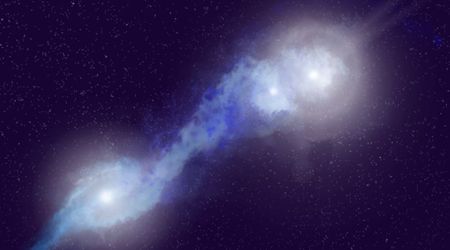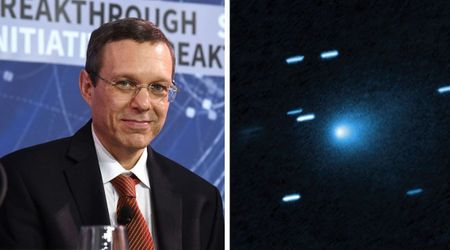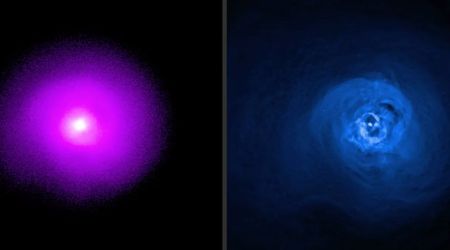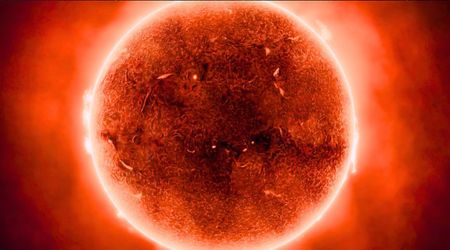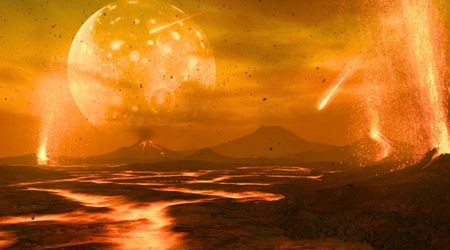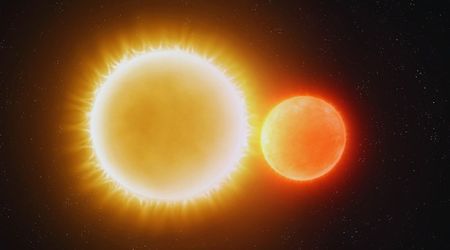28 Starlink satellites launched into orbit aboard SpaceX Falcon 9

SpaceX enthusiasts are in the whirlwind of excitement as the company continues to deploy more internet satellites into space. SpaceX expanded its Starlink constellation on May 6 by launching 28 more Starlink satellites aboard a Falcon 9 rocket. The mission, titled Starlink 6-93, lifted off from Cape Canaveral Space Force Station in Florida, or CCSFS.
Watch Falcon 9 launch 28 @Starlink satellites to orbit from Florida https://t.co/XXtzoGuZmC
— SpaceX (@SpaceX) May 7, 2025
From one of SpaceX's two launch sites, a Falcon 9 rocket launched the 6-93 mission at 9.17 p.m. EDT (0117 GMT on May 7). Starlink 6-93 mission have taken a south-easterly trajectory on departure. The latest batch of satellites to orbit was delivered at CCSFS's Launch Complex-40 (LC-40). With 7,200 internet satellites already in low Earth orbit (LEO), Falcon 9's new Starlink satellites come as new additions, as reported in Space.com. The live proceedings were shared on Spaceflight Now.

About 2.5 minutes into the flight, a designated vehicle, B1085, executed the main engine cutoff of its nine Merlin engines, followed by stage separation. As the Falcon 9's second stage continued to LEO, a retrograde burn was performed by B1085 to slow down its velocity on its way back to Earth. 8 minutes after the lift off, B1085 found its way back to the Atlantic Ocean, where SpaceX's Just Read The Instructions (JRTI) is stationed. B1085 had already flown and landed successfully 6 times, so this was its 7th trip. And this was the third time it was used to launch a Starlink Satellite. While the booster was landing, the rocket's upper stage kept going up to LEO. About an hour after the launch, 28 satellites were released on scheduled time. These 28 satellites will spend the next few days maneuvering into specific orbits to join the huge network of Starlink satellites SpaceX is building.

SpaceX's Starlink network consists of more than 7,200 operational satellites, and they are sending up even more. If we don't count the broad solar arrays, each of these satellites is the size of a large table. They operate in a specific grid to form a lattice across nearly all of the Earth. Starlink network lets people access fast internet, as long as they have the Starlink receiver pointing towards the sky to catch the signals from these satellites, as mentioned by Space.com. Starlink 6-93 mission was Falcon 9's 471st mission and 467th successful mission, per Next Spaceflight.
Falcon 9 delivers 28 @Starlink satellites to orbit from Florida pic.twitter.com/fdfTv5RbZz
— SpaceX (@SpaceX) May 7, 2025
A Falcon 9 mission, on January 24, 2021, broke the record for the most satellites deployed in a single launch by deploying 143 satellites, demonstrating its capability for high quantity deployment, as reported on Space.com. After launching two test flights of Starlink's megarocket this year, the most recent launch was SpaceX's 53rd Falcon 9 mission of 2025, and the 36th launch for the company this year, per a different report by Space.com. This was also the seventh flight for the first stage booster supporting this mission, which previously launched Crew-9, RRT-1, Firefly Blue Ghost Mission 1, Fram2, and now three Starlink missions, as mentioned on SpaceX. According to the latest information from RocketLaunch.Live Falcon 9's next launch is anticipated on May 10, 2025, from Cape Canaveral Space Force Station.
